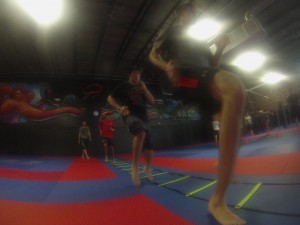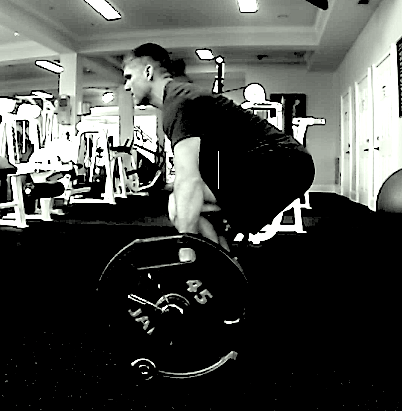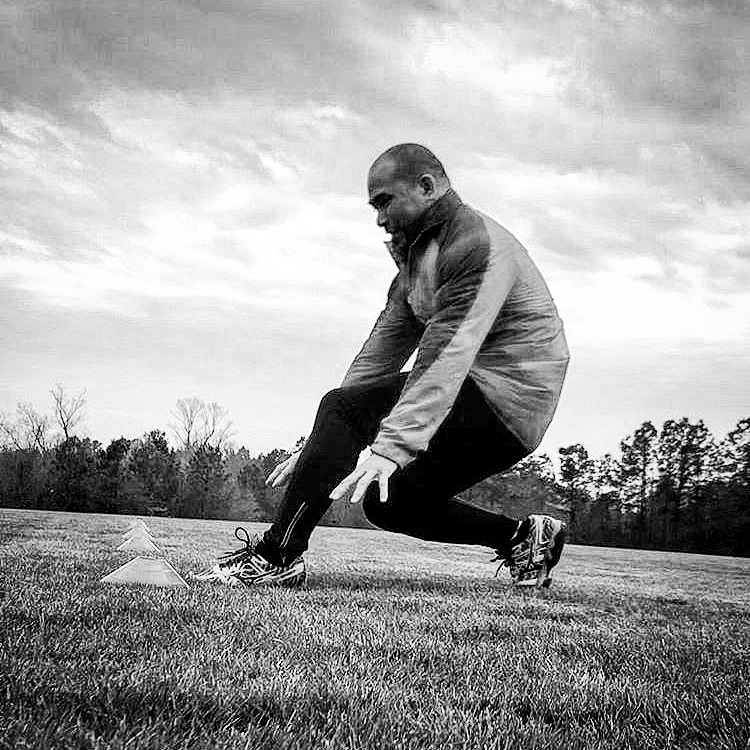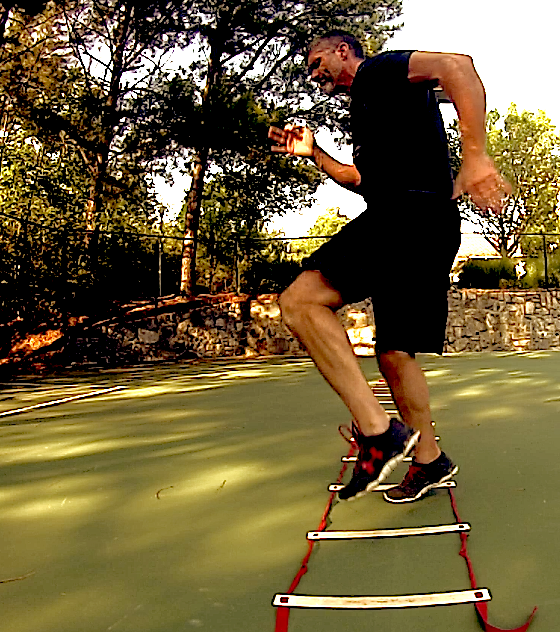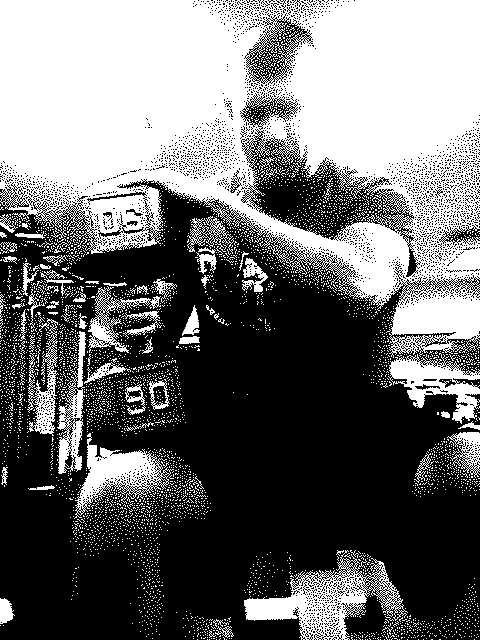
Timed Workouts vs. Set To Rep Schemes
A few weeks back at the BRF Kettlebell Strength Clinic I was asked about whether or not I implement timed workouts when training with kettlebells, or if I just prefer programming sets and reps. I thought this was a particularly good question and meant to address it here on the BRF blog so I guess it’s better late than never.
So Which Way Should We Program Our Training?
Over the years I’ve had a lot of opportunities to gain some significant coaching experience and to be able to create, test, and execute various methods of training when it comes to designing programs for the purpose of BOTH fitness and performance.
Since you know what site you’re on you know I’m going to come at you from my perspective as a coach and not from giving you an opinion that is solely based on what I prefer in terms of personal tastes. I think this is the best approach, but just to make clear I think it’s fair to give a logical and factual breakdown of both sides of the coin in every scenario in life.

Yes, you may be more emotionally attached to one type of structure when it comes to your training, but if you’re not hitting your goals, or it doesn’t serve you well as a coach in a given situation then you’ve got to have enough discipline to throw your emotions aside and think about the situation with a logical mind. Sort of like most people fail to do when it comes to politics.
Well where most fail to do so in the political arena perhaps we can help those people here in the strength and conditioning realm. So when it comes to programming should we implement timed workouts, or should we structure our training based on set and rep schemes?
Obviously there are pros and cons to both, but in my experience having implemented both of these has shaped a great deal of the way I approach the structure and execution of a particular model. As I mentioned in the video and what I’m trying to point out here in this article is that the goal should be to minimize problems and to maximize efficiency.
If we are striving for optimal benefit then a timed workout that generally causes people in a group setting to throw technique and effort out the window may not prove to be the best option. However if I’m flying solo with a large group of athletes/trainees then a timed session may be my only option for a particular type of training.
On the flip side sets and reps can be implemented with large numbers of trainees although the implementation to get things moving in an efficient manner may require a great deal more effort from the coach(s) involved…particularly if the coach is flying solo on the mission.
Set and rep counts are great because it allows coaches to set the rest time and as a coach I can dictate when to call out the selected group of trainees to execute their sets and reps. For instance, let’s say there are 28 trainees for me to manage in a training session. Here I can dictate when to perform a particular set with a particular segmented portion of the group.
In this example I may have the group divided into 7 different sub groups. With a little math we can see that there are 4 trainees to each small group. In this scenario I can call out to the first person in line of each sub group to execute the first set.
Successively this can be followed by me calling out “Second person first set, then Third person first set, and so on.” Of course I can continue this trend controlling rest intervals while also moving around to hone in on the lifters involved with that particular assigned set. This is a solid way to organize and implement a set and rep scheme rather than just putting everyone up against a clock.
Once again the key is making sure that the group is able to execute what’s in front of them in the most efficient way possible and with either a set to rep scheme format, or a timed training session this will still require a significant level of coaching to get every trainee up to speed.
The bottom line is that there can be many variables to determine the best course of action in terms of how we can format the training session. Group experience, number of coaches, and type of training (which may be lifting, or more performance conditioning type drills) are all factors that we should look at and use to come to a logical conclusion.
So which is better? Well…I think the more correct question would be to ask “Which format is best for a given situation?” So many people these days ask a lot of questions, but often times it’s about asking the right questions!
I hope you enjoyed today’s post and if so don’t be a shy to post up in the comment box below. Stay strong and keep training smart!
Related Articles:
Train For Your Sport…Not Just In Your Sport
An Intro To Indian Club Training
How To Apply Minimalist Training For Maximal Results
The Kettlebell Snatch: How To Get It Right!
Get Free Updates And Training Guides Here


